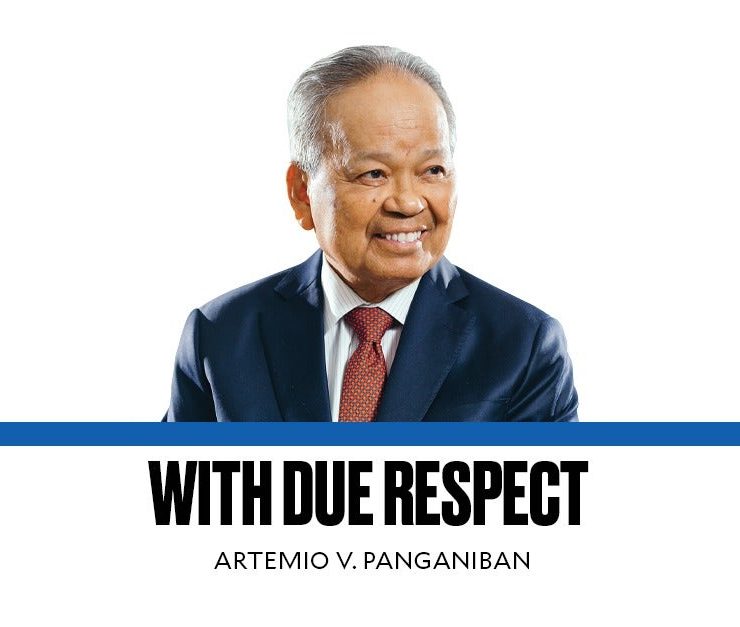Names married women may use

My curiosity was drawn to an Inquirer item sourced from Kyodo News, that nearly 30 percent of the Japanese engaged in common-law relationships have chosen not to marry because they did not want to change their own or their partner’s name as required by Japanese law, a recent private survey has shown. Moreover, the rate was found higher, at 40 percent, among 20-year-olds. Japanese law requires married couples to have the same name, mostly the husband’s name (Japan is a bastion of masculinity), while a small minority use their wives’ names. Sato and Suzuki are the most commonly used names in the Land of the Rising Sun.
THE CIVIL CODE OF THE PHILIPPINES (Article 370) gives a married woman three options: to use (1) her maiden name and surname plus her husband’s surname, (2) her maiden name and her husband’s surname, or (3) her husband’s full name, and prefixing a word indicating that she is his wife, such as “Mrs.”
Example: If Maria Santos marries Juan Castillo, she may use any of these: (1) Maria Santos Castillo (though not mentioned in the Code, some prefer to put a hyphen in between the two surnames, thus, Maria Santos-Castillo), (2) Maria Castillo, or (3) Mrs. Juan Castillo. Strictly speaking, she cannot use Mrs. Maria Castillo because “Mrs.” is the abbreviation of “Mistress.” While she is the mistress of Juan, she is not the mistress of Maria. In this instance, it would be more literally accurate to put a parenthesis in (Mrs.) to show that the word is merely descriptive of her marital status. Nonetheless, it is now commonly acceptable to use Mrs. without a parenthesis.
Moreover, married women are traditionally allowed to continue using their maiden names, especially for professionals who got their professional licenses, passports, or driver’s licenses in their single names and may lose or confuse their clients, patients or the public if they use their hubbies’ surnames. My youngest daughter still uses Maria Evelyn Panganiban instead of Maria Evelyn Panganiban Reagan in the Philippines and in New York City where she, her husband Pete, and their two sons, Joseph and Matthew, live.
CERTAIN PROFESSIONALS, like actors, writers, singers, painters, poets, etc. may use pen names or aliases, like “Kyla” for Melanie Hernandez Calumpad-Alvarez, “Heart Evangelista” for Love Marie Ongpauco, “Vina Morales” for Sharon Magdayao, “Erich Gonzales” for Erika Chryselle Gonzales Gancayco, or for that matter, “Coco Martin” for Rodel Pacheco Nacianceno Jr. and “Dingdong Dantes” for Jose Sixto Gonzalez Dantes III in real life.
Moreover, a widow may choose to continue using her (1) married name, (2) her maiden name, or (3) her first name, mother’s surname, father’s surname, and deceased husband’s name like Maria Reyes Santos Castillo, or like my cousin Evelyn Santos Camus Alcantara. When a widow remarries, she could use her first name, father’s surname, first husband’s surname, and second husband’s surname like Boots Anson Roa Rodrigo. The rule is: What are not prohibited by the Constitution and the law, as well as by public interest, public order, and public morals are allowed and may be availed of.
Under Article 371 of the Code, in case a marriage is legally annulled or declared void and the wife is the guilty party, she reverts to her single name and can no longer use the surname of her former husband. If she is innocent, she may resume her single name, or at her option, still use her husband’s surname, unless the court degrees otherwise, or she or her former husband remarries.
INCUMBENT CJ ALEXANDER G. GESMUNDO said in a recent speech that women, whether single, married, widowed, or with legally annulled or voided marriages, comprise 56 percent of trial judges, 77 percent in the Court of Tax Appeals, 45 percent in the Court of Appeals, and 35 percent in the Sandiganbayan. May I add, however, that in the Supreme Court, lady justices comprise only 13 percent, that is, two out of 15 justices, and one of them (Justice Amy C. Lazaro-Javier) will retire on Nov. 16, 2026.
My AI-generated fact sheet shows that men still dominate the legal profession at 64 percent, with the women at 36 percent, but the gap is narrowing. This proportion is a far cry from my student days when barely 10 percent of the law profession was women.
I distinctly remember that when I was reviewing for the bar examination in 1960, there were fewer than 10 ladies in our review class of over 100 students. When our bar reviewer in criminal law (an incumbent judge) arrived, he gazed at the 10 ladies and awfully pontificated, “What are you girls doing here? If you want a lawyer in your family, all you need to do is to marry one. In this way, you will be spared the rigors and difficulties of the bar exam.” Guffaw from the men but grit and smirk from the women.
Now, I understand, lady-law students outnumber the men. And shortly, the women will outnumber the men in the law profession. In my humble opinion, that is not a bad idea because it will make the men work harder, scrutinize details more closely, and prepare for trial more avidly to match the skill and perseverance of the opposite gender-counsel.
—————-
Comments to chiefjusticepanganiban@hotmail.com


















